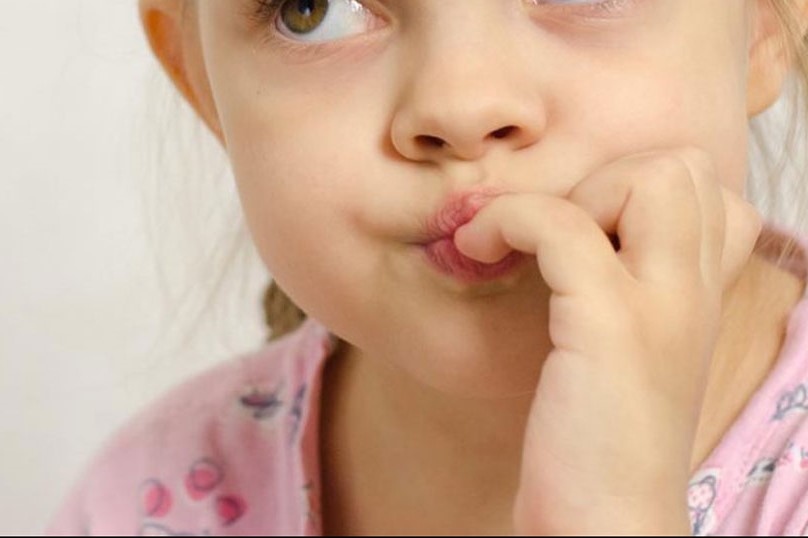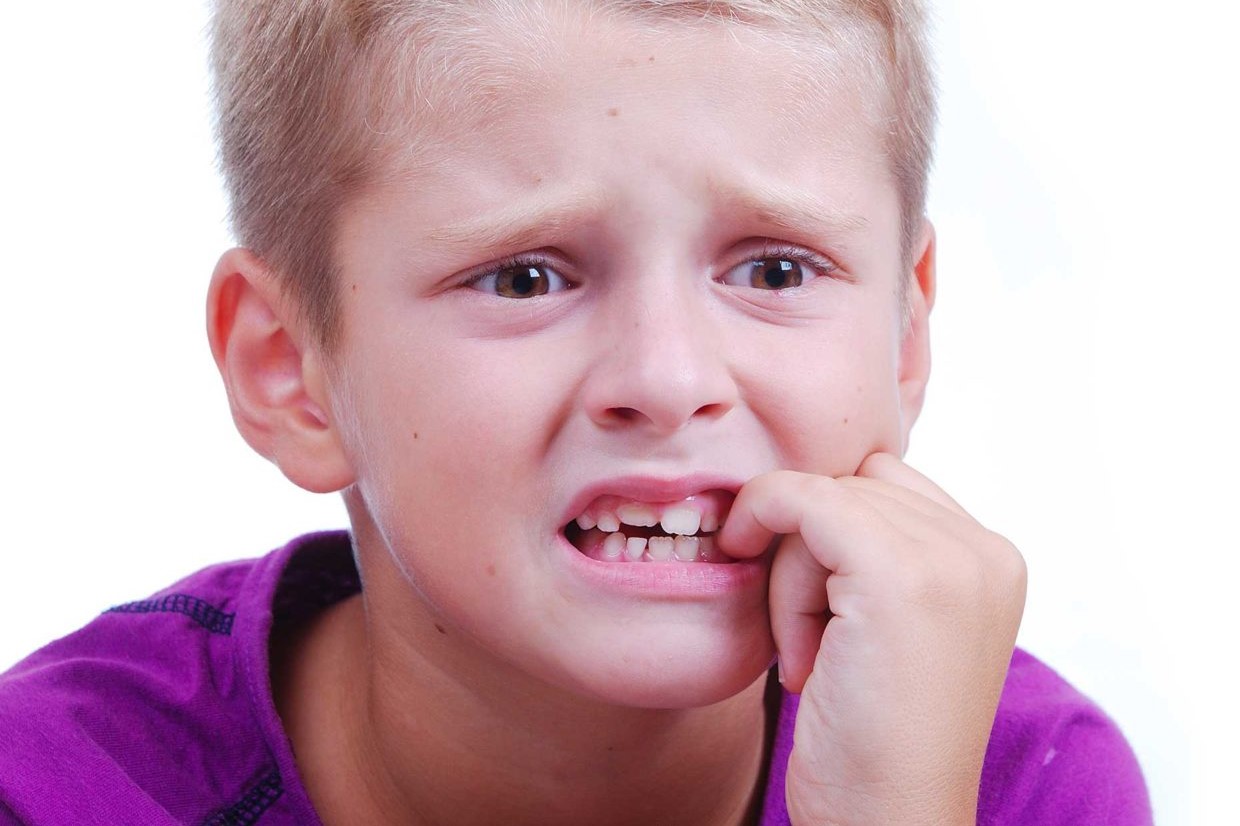
Onychophagia: my child bites his nails, what to do?
Onychophagia, many children and adolescents engage in this behaviour. To encourage them to stop, psychologists advise parents to explain the risks to them
Nail biting, or more correctly the term onychophagy, indicates a behaviour common at all ages
It is the habit of bringing to the mouth and biting nails with the teeth.
Children can start biting their nails even when they are 3-4 years old, but it happens much more often to older children and especially adolescents.
When one becomes an adult, however, it often happens that this habit is abandoned spontaneously.
CHILD HEALTH: LEARN MORE ABOUT MEDICHILD BY VISITING THE BOOTH AT EMERGENCY EXPO
The causes of onychophagy are unclear; sometimes it is a way of relieving anxiety and tension
Doctors and psychologists classify onychophagy as an impulse control disorder.
These disorders are in fact defined as the inability to resist the impulse to perform an action, usually preceded by a state of tension or excitement.
After the action, the person feels relief, but may also feel regret and guilt.
It therefore appears to perform a discharge or containment function for other behavioural reactions.
In any case, it should be borne in mind that nail-biting is a habit that generally does not require treatment.
If it is not serious, it tends to disappear with time, with the right help and a few tricks.
Onychophagia is not always serious and is actually considered quite normal, especially during adolescence
Nevertheless, stopping nail biting is important for your health for several reasons:
- Habitual nail biting can increase the presence of enterobacteria (bacteria normally found in the gut) inside the mouth. Similarly, infestations of parasites, such as pinworms, may occur more frequently, precisely because of the habit of taking one’s hands to one’s mouth without even washing them;
- The force that is put into biting one’s nails can be transferred to the root of the teeth, leading to their inadequate closure (malocclusion), or causing damage to the gums and many other dental problems;
- Biting the nails can damage the skin around them, increasing the risk of infection;
- The nails themselves are also damaged by being bitten continuously, changing their shape and growth;
- In extreme cases, if the nail bed is damaged, the nails may not grow back;
- Biting the nails often makes the appearance of the hands unpleasant, leading the child or young person to hide them and lose confidence in showing them in public.
Onychophagia, what to do and what not to do:
- Stopping nail biting may not be easy for a child or teenager. Teasing, punishing or threatening him or her does not help him or her to stop at all; on the contrary, it may make the situation worse. This attitude should be avoided by everyone, teachers, siblings and relatives. Instead, it is very important to maintain an encouraging attitude and be patient.
- To motivate older children and adolescents to stop biting their nails, it might be helpful to explain to them why it is so important for their health and the risks involved. Furthermore, attention to the hands should be part of an overall education to love one’s body and take care of it.
- Keeping nails neat, short and smooth, avoiding sharp or uneven corners, could help reduce the urge to bite them. Especially in girls and young girls, having beautiful nails, even decorated ones, can help them not to bite them for fear of damaging them.
- There are several products with an unpleasant taste on the market that can be applied to the nails, but they are generally ineffective. Instead, it may be helpful to apply olive oil to the nails, massaging it in. This makes them softer and more flexible, reducing the urge to bite them.
- For teenagers, chewing sugar-free chewing gum may also be helpful, provided they are consumed in moderate amounts. Solutions such as patches and bandages to cover the nails can be helpful if the child or adolescent agrees, to remind them not to bite them.
- Outdoor activities and sports can help relieve tension by decreasing the need to bite nails.
- Recreational and artistic activities that directly involve the hands, such as painting, drawing, music, sculpture, can help avoid bringing the hands to the mouth. Similarly, keeping the hands busy with soft balls can also help.
- It is always useful, however, for the adult to have a welcoming attitude and be willing to search together for strategies or solutions to overcome the problem.
- Providing the child or young person with a paper file, always ready when needed, can be a good strategy to replace the spontaneous act of nail biting with the use of the file.
- For older children, having a nail clipper at hand can also perform the same function.
- Of course, they should always be reminded to use a file or nail clippers while maintaining the necessary respect for people and their surroundings.
It may be useful to consult the paediatrician or family doctor:
- If the situation does not improve;
- If the child or adolescent injures themselves while biting their nails;
- If the nails, once bitten, are then swallowed;
- If it is felt that the situation cannot be managed;
- If the behaviour is part of a broader picture of distress, anxiety, emotional difficulties, relational difficulties and takes on aspects of self-harm.
The doctor will be able to give indications on the measures to be taken or possible specialists to be consulted.
Read Also:
Emergency Live Even More…Live: Download The New Free App Of Your Newspaper For IOS And Android
Emotional Abuse, Gaslighting: What It Is And How To Stop It
Antipsychotic Drugs: An Overview, Indications For Use
What You Need To Know About Substance Use Disorder
Schizophrenia: Risks, Genetic Factors, Diagnosis And Treatment
Obsessive-Compulsive Personality Disorder: Psychotherapy, Medication
Seasonal Depression Can Happen In Spring: Here’s Why And How To Cope
Rescuing A Patient With Mental Health Problems: The ALGEE Protocol
Basic Psychological Support (BPS) In Panic Attacks And Acute Anxiety
The Severity Of Depressive Symptoms Over Time May Help Predict Stroke Risk
Anxiety, When Does A Normal Reaction To Stress Become Pathological?
Generalised Anxiety Disorder: Symptoms, Diagnosis And Treatment
What Is Generalised Anxiety Disorder (GAD)?



